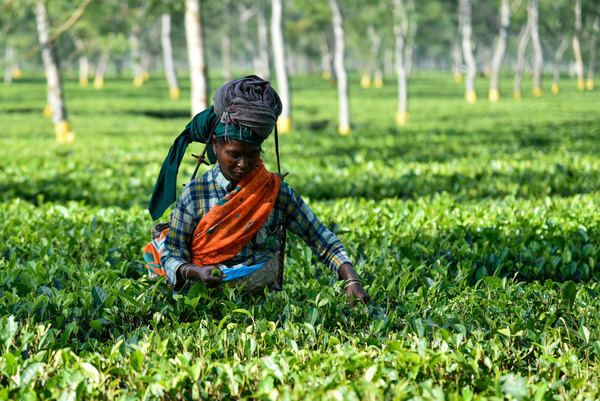Tourism and animal welfare: a 21st century dilemma
Tourists encounter animals in many different situations: photo opportunities, street performances, animal rides and specialised ‘sanctuaries’ such as elephant homes and tiger temples. Tourism may benefit wildlife, by funding wildlife animal conservation, as well as providing vital income for local communities, but the exploitation of animals in animal entertainment can be a cruel and degrading experience for intelligent sentient creatures.
Assessing Animal Welfare
By Stephen Blakeway As a tourist how can we assess whether the animals we see have good welfare, and ideally, ‘a good life’? Recently, I’ve been a tourist in Mexico and Jordan, and, having contributed to ‘Tourism and Animal Welfare’, I took the opportunity to think more about this question. As my interests are animals…
Local Travel Means Sustainable Travel
How I Spent my Summer Vacation: Hunting for Bears in my Backyard By Sara Dubois How does an animal welfare scientist and wildlife biologist spend their annual vacation? Well as I have been working in this field for almost 20 years now, these days I spend most of my time behind a computer, in team…
‘One Welfare’ complements ‘One Health’
Image: Leroy Skalstad, Pixabay.com One of a series of blogs written by CABI editors for One Health Day on November 3rd 2016 While ‘One Health’ is a well-established concept, a new term ‘One Welfare’ is also emerging, extending the One Health theme beyond physical health and recognising that animal welfare and human wellbeing are intrinsically…
Animal machines: 50 years on
A symposium organized by CABI and the Royal Veterinary College to mark the 50th anniversary of Animal Machines, by Ruth Harrison, reviewed how far we have come in understanding and improving animal welfare since the publication of the book, which marked the start of the movement for welfare of animals in intensive production. “Would Ruth…
Invisible helpers: working equine animals provide vital support to women in developing countries
A report launched this month by the animal welfare organisation the Brooke highlights the extent to which women in developing countries rely on donkeys and other working equids. The report, Invisible Helpers, calls for greater recognition of the role of working equine animals in supporting women and their families, and emphasizes the importance of looking…
Reconciling Modern Animal Production Systems and Sustainability
By M Djuric, DVM A consortium of 22 research partners from 11 countries has received a £10.6m grant from the European Union (EU) to improve pig and poultry production. This is the largest EU grant awarded in this field. The project aims at investigating ways to increase animal production quality, whilst limiting environmental impact and…
Farm Animal Welfare Moves Up Business Agenda
By Miroslav Djuric, DVM, CAB International The second report of the Business Benchmark on Farm Animal Welfare has been published with the expertise and support of animal welfare organisations, Compassion in World Farming (CWF) and World Society for the Protection of Animals (WSPA). 70 companies from across Europe and the USA were assessed, representing…
British Vets Resist “Political Measures” to Restrict Veterinary Use of Antibiotics
By Miroslav Djuric, DVM The British Veterinary Association (BVA) marked the 5th European Antibiotic Awareness Day (18 November 2012) by releasing a statement in which it reaffirms its commitment to promoting responsible use of antibiotics, but also warns that political measures to reduce antimicrobial resistance in Europe and the UK are not based on sound…
Where’s my ball? How practical is it to give farm animals a better environment?
There is a lot of evidence to suggest that giving animals a better environment makes them less stressed, less likely to behave abnormally, and sometimes more productive. However, most of that evidence comes from small-scale trials, and scaling improvements up to the practicalities of large farms could prove costly and burdensome. Is it environmental enrichment…


